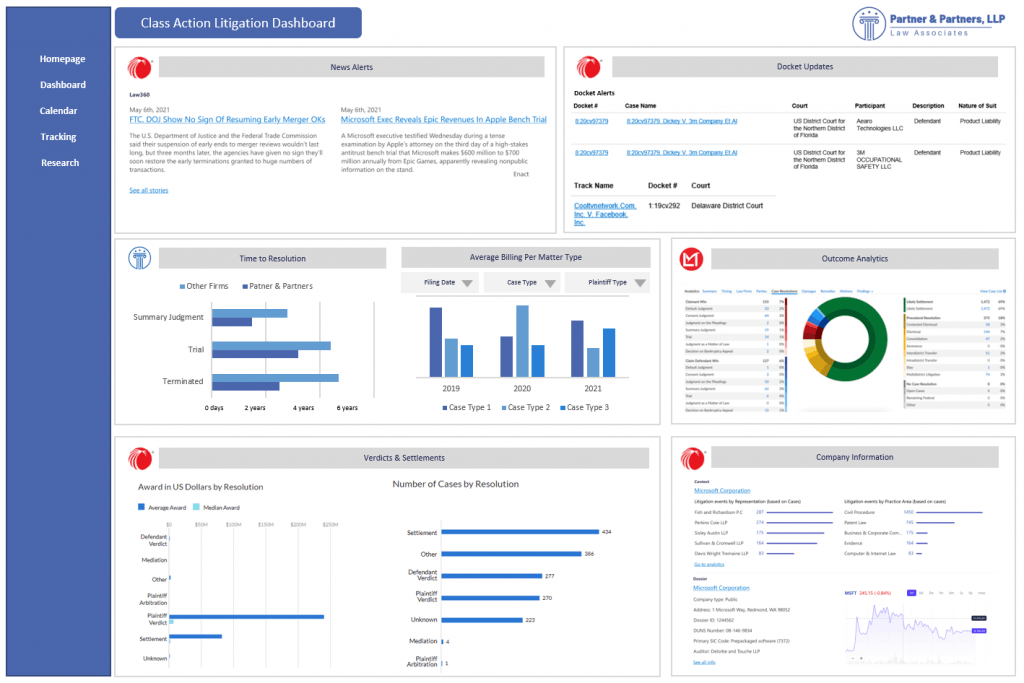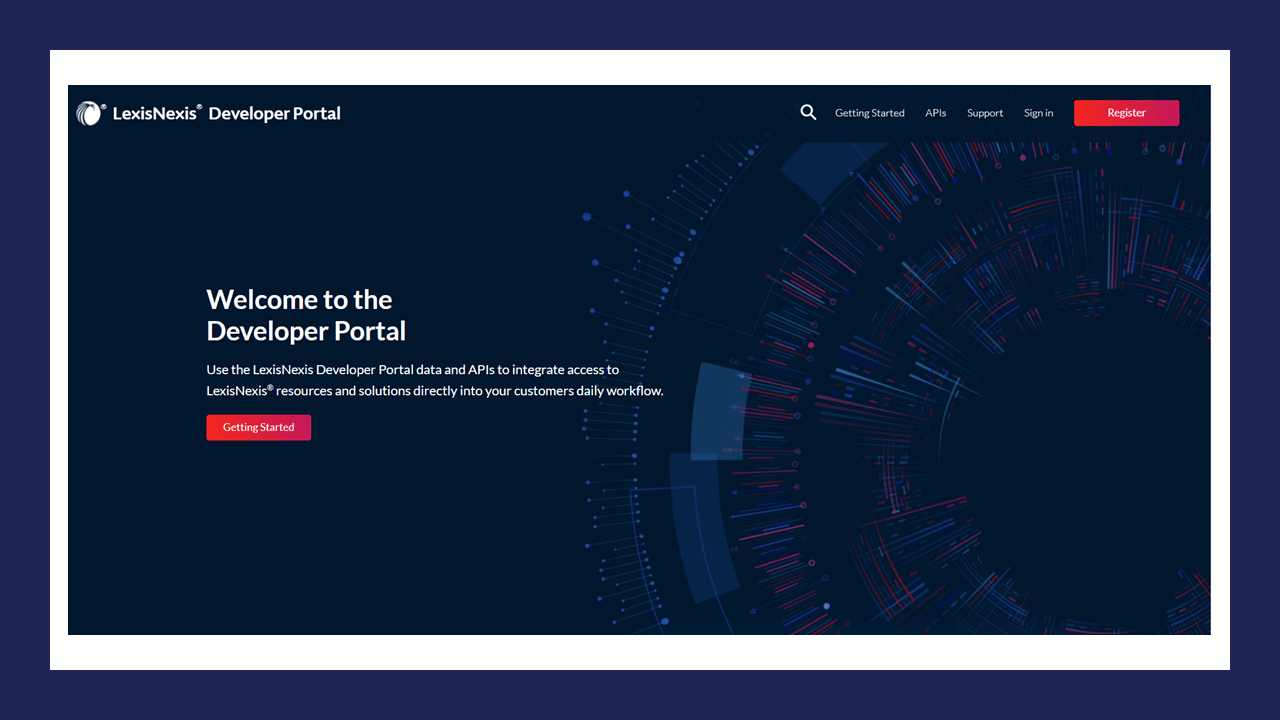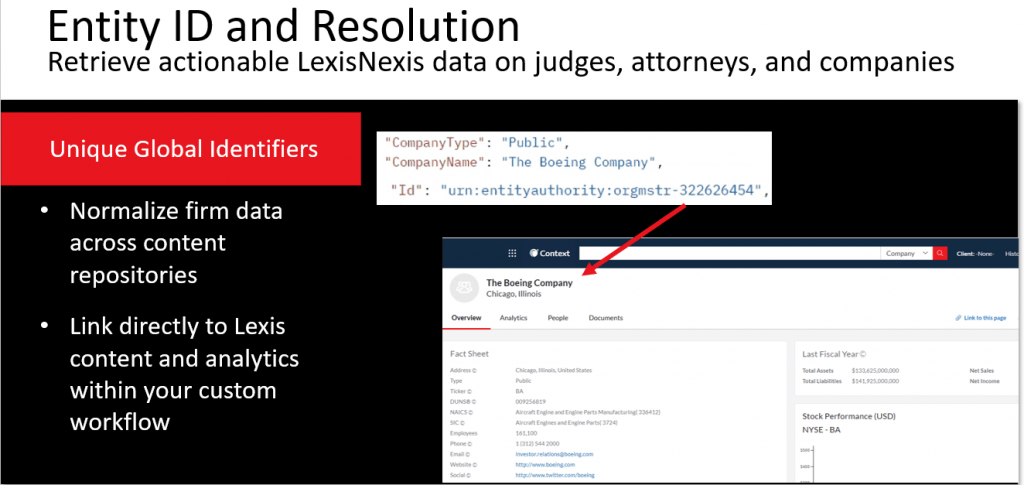Potentially one of the biggest legal tech stories to come out of the Legalweek show in New York last week was the release by LexisNexis Legal & Professional of a new API Developer Portal. The self-service portal enables law firms to access some 99% of LexisNexis content – both raw content and metadata – to incorporate it into their own workflows and applications and combine it with their own internal and third-party data.
That would be news enough, but it was just one of the company’s announcements last week. Also announced:
- The launch of Lexis+ UK, the UK version of the premium research service the company released in 2020 in the U.S. market.
- The forthcoming UK launch of a legal news hub that will provide UK legal news from the company’s MLex and Law360 brands.
- The forthcoming release of the U.S. version of Lexis Create, an “intelligent drafting” application, already released in the UK, that works directly within Microsoft Word. Slated for U.S. release in late summer, Lexis Create is described as an application that pulls together all the legal content, tools and calculators needed to draft documents, including the ability to find and reuse clauses your firm has already drafted and to easily tap into the LexisNexis legal research database. It will also include tools for citation checking, redaction and digital signing. Its “clause intelligence” will surface clauses appropriate to the document and suggest redlines, LexisNexis says.
- The launch (actually last October) of NetDocuments Highlights, which puts LexisNexis’s technology directly into the NetDocuments infrastructure, providing easy access to legal research and citation tools.
- The impending release of Fact and Issue Finder within Lexis+, a tool that allows researchers to more easily pull together sources and data more precisely related to the facts and issues they are researching, and that pulls these resources from across content types, not just cases and codes, but also dockets, verdicts, briefs, expert witnesses, and more, and that will eventually include Practical Guidance. It will also pull from non-legal sources, including medical data from Elsevier and real estate and foreclosure data from public records. This will launch in a prelease version in April covering just personal injury, with a full release in July also covering labor and employment, insurance, business and commercial, real estate and intellectual property.
- The final completion of the full cloud migration of all LexisNexis data, a process that started more than a decade ago as the company launched Lexis Advance and began to move from its legacy servers to the cloud. LexisNexis has invested $1.2 billion and consolidated 165 different business systems, to build an all new tech stack that integrates both the company’s organic development and its various acquisitions of data and AI products, particularly Lex Machina and Ravel Law.
Creating A Connected World
All of these developments relate to a single theme, Jeff Pfeifer, chief product officer, LexisNexis North America and UK, told me during a briefing last week: To create a connected world for its customers and minimize context switching, so that the tools and services they need are available within the workflows in which they do their jobs.
“We’re creating a connected world,” he said, “of our platform, content and enrichment to your data, work product and technology.”
By creating this connected world, Pfeifer said, LexisNexis is enabling customers to achieve the three goals they most commonly express a desire to achieve:
- To know when they can stop researching and feel confident of the results. Pfeifer said products that enable this include Brief Analysis, Shepard’s At Risk, and Market Standards.
- To build a data-driven litigation strategy. They are able to achieve this through products such as Lex Machina, Context, and verdicts, Pfeifer said.
- To surface data-driven insights within their own internal databases. The new APIs and Lexis Create will enable them to do this, he said.
APIs to Connect Customers to Data
While some of these products already existed and others are yet to arrive, LexisNexis’s launch of the API Developer Portal is likely to have immediate application for many firms.
The APIs provide access to 99% of LexisNexis content, spanning legal, news, court dockets, business and analytics, all enriched through LexisNexis’s classification and normalization process.

Mockup of how a law firm could create a class action litigation dashboard using APIs from LexisNexis.
Currently, the Developer Portal contains APIs that connect to a wide collection of legal content as well as to specific products, including Lexis+, CourtLink, Context and State Net, with additional APIs being developed. A new Lex Machina API is available immediately and will be integrated into the portal as well.
Users will have access to “sandbox” capabilities to try API functionality, and the portal includes extensive data schema information and robust technical documentation for assistance in local deployment, LexisNexis says.
Three types of APIs are available:
- URL APIs: One-way, direct links to LexisNexis products, requiring minimal configuration.
- REST/Web Services: Deeper integration into the organization’s workflows, requiring local coding and engineering for customization.
- Bulk APIs: Optimizes the transfer of large data sets from one server to another, for use in data-mining, machine learning and predictive analytics initiatives.
The code is available in four programming languages for now, with others to be added: Shell, Javascript, Python and Ruby.
During last week’s briefing, LexisNexis offered examples of how firms could use these APIs:
- To enrich and normalize data in a matter management system by pulling information from LexisNexis docket data.
- To enhance a large-scale compliance project with direct access to relevant regulatory materials.
- To add functionality to an internal practice-area page for easier search and retrieval or to deliver docket updates and news alerts.
- To pull litigation analytics from Lex Machina directly into a firm’s CRM or matter management system.
- To make litigation analytics easily available on internal dashboards or intranets.
Karl Harris, CEO of Lex Machina, echoed Pfeifer’s theme of creating a connected world by defining his own vision as making Lex Machina’s analytics available everywhere.
“Our top priority at Lex Machina is to bring legal analytics to all areas of law to ensure that our clients are provided with the most up-to-date, accurate and relevant information,” Harris said. “Our new API makes Lex Machina data available wherever you need it to seamlessly support the day-to-day operations of lawyers and in-house counselors.”
With regard to pricing for the APIs, Pfeifer said it will depend on a firm’s particular package with LexisNexis. For some, their packages will include the APIs, for others, they will buy them separately.
 Robert Ambrogi Blog
Robert Ambrogi Blog

